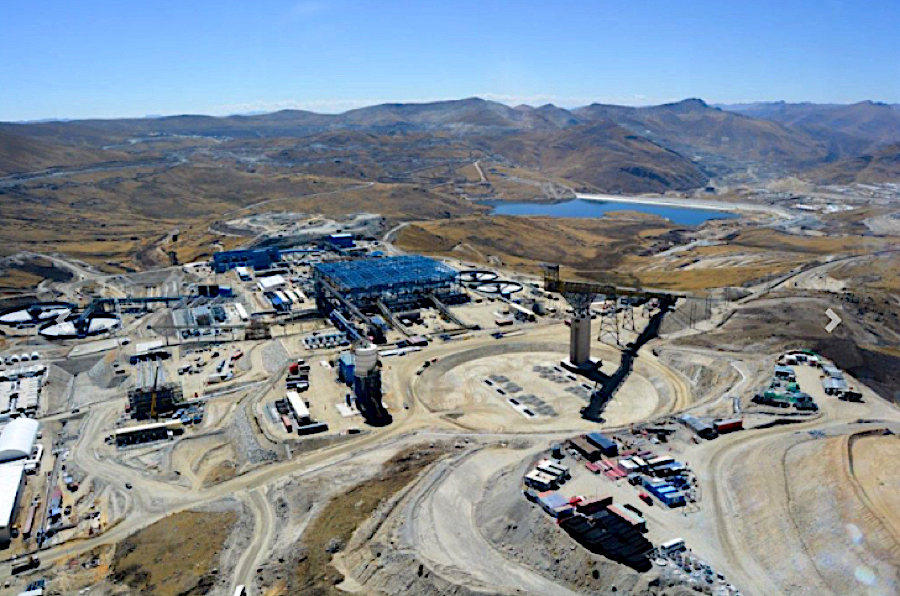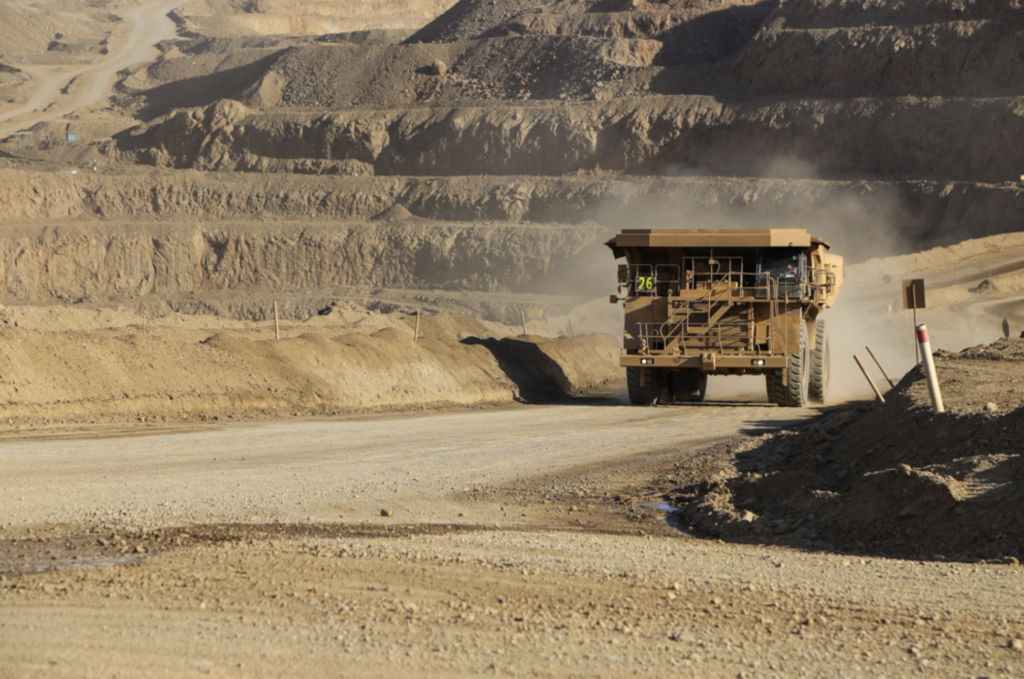
At issue is a dirt road that Las Bambas uses to transport the copper from its mine to a sea port. Communities along the road asked for more logistics transport contracts, financial compensation for the land used to build the mining road and actions to reduce alleged damage to their crops caused by the large number of trucks using the road every day.
They also wanted to set a fund with 8% of the mine’s annual profits to finance productive and social development projects, while the company offered financing individual social projects.
MMG believes it’s the government’s responsibility to pave the route, but a long-term solution would be building a separate freight train link. Construction of the railway would take more than five years and cost $9.2 billion, according to Peru’s transport and communications ministry.
400 days lost
Las Bambas, Peru’s fourth largest copper mine and the world’s ninth, has grappled with on-and-off protests and road blockades since the operation’s 2015-16 ramp-up.
The mine was disrupted for more than 100 days in 2019, with 70 communities along the 450 km. road to the Port of Matarani demanding action from MMG and the national government over emissions from trucks and reduction of their farmlands.
A three-week-long roadblock protest staged at the end of 2020 prevented MMG from exporting 189,000 tonnes of copper concentrate worth $530 million from the mine.
Fresh interruptions in September this year forced the company to halt operations for a few days. The company agreed in early October to integrate the communities into its value chain, even though they are not within the asset’s area of influence.
Overall, operations at Las Bambas have been disrupted by close to 400 days since 2016, according to company estimates.
With a production of 400,000 tonnes of copper a year or 2% of the total global output, the mine brought in about 69% of MMG’s revenue in 2020.
In July, Las Bambas flagged that production in 2021 was expected in the low end of its 310,00-330,000 tonnes forecast.




